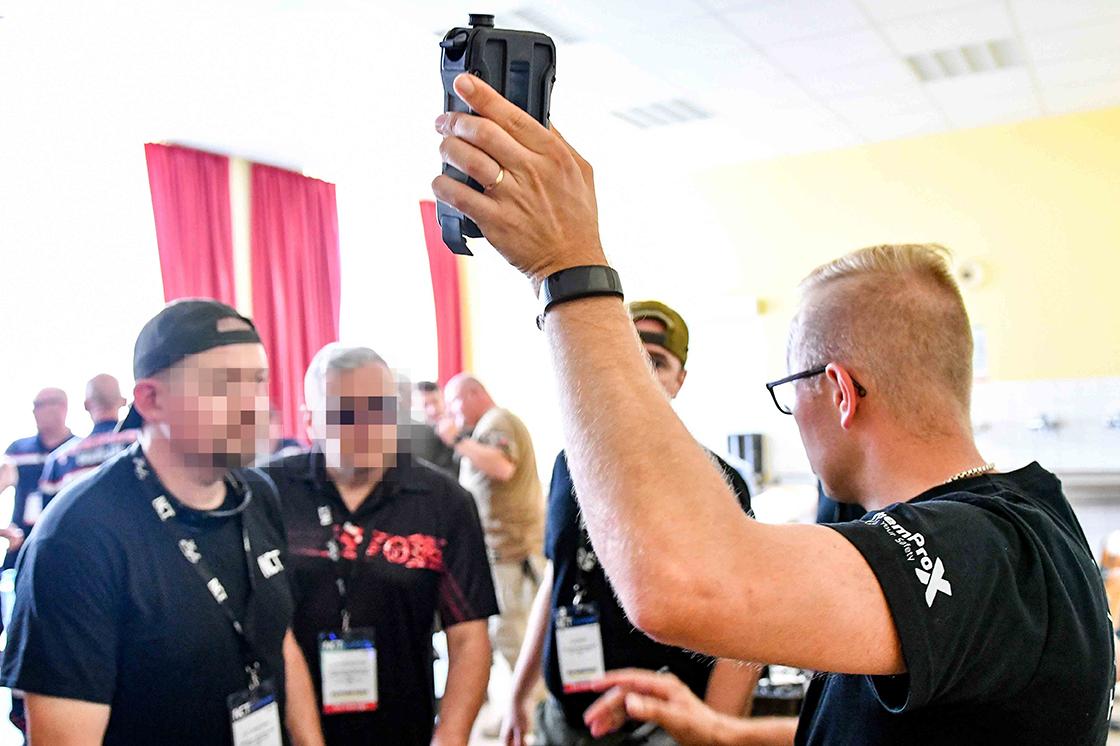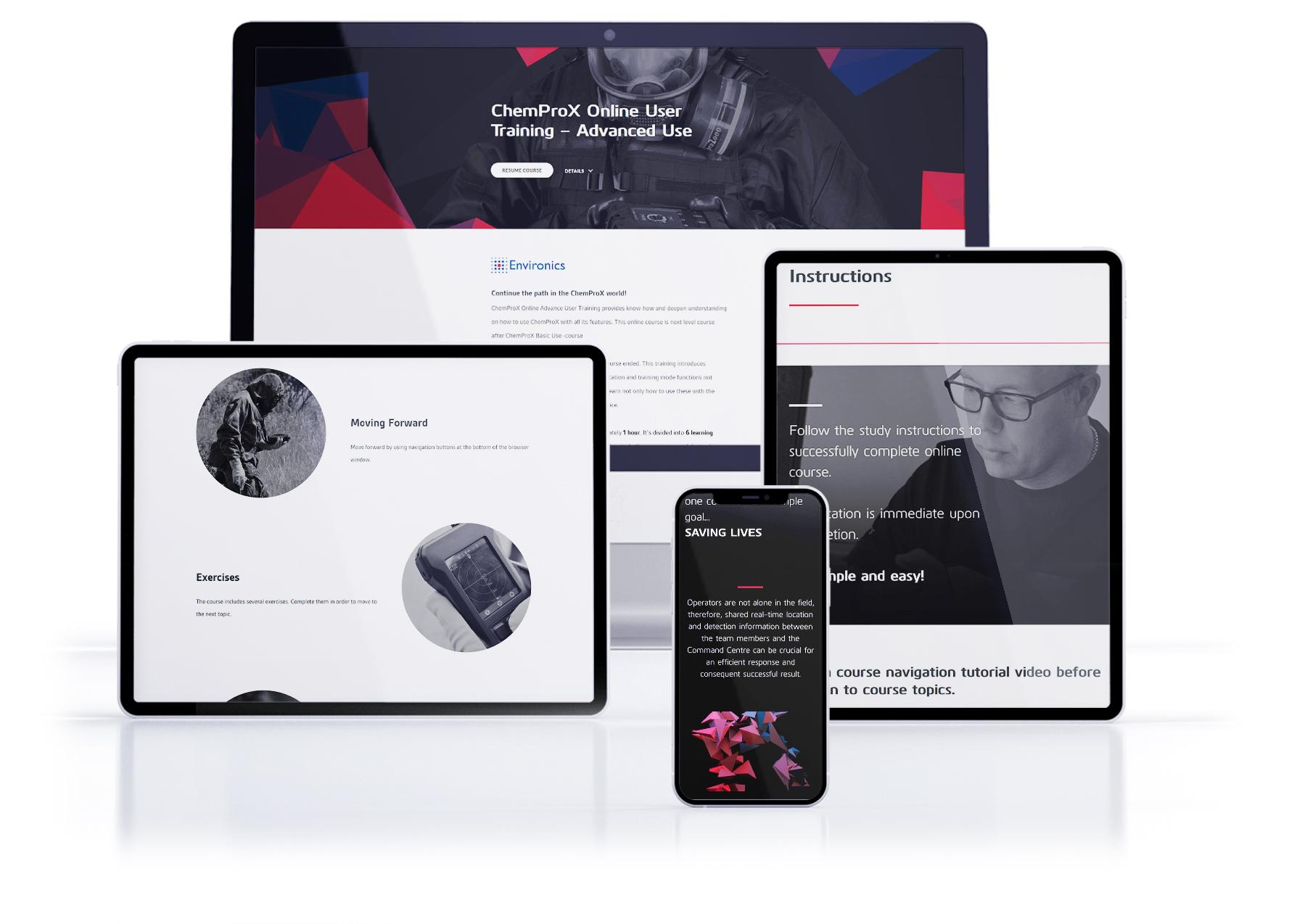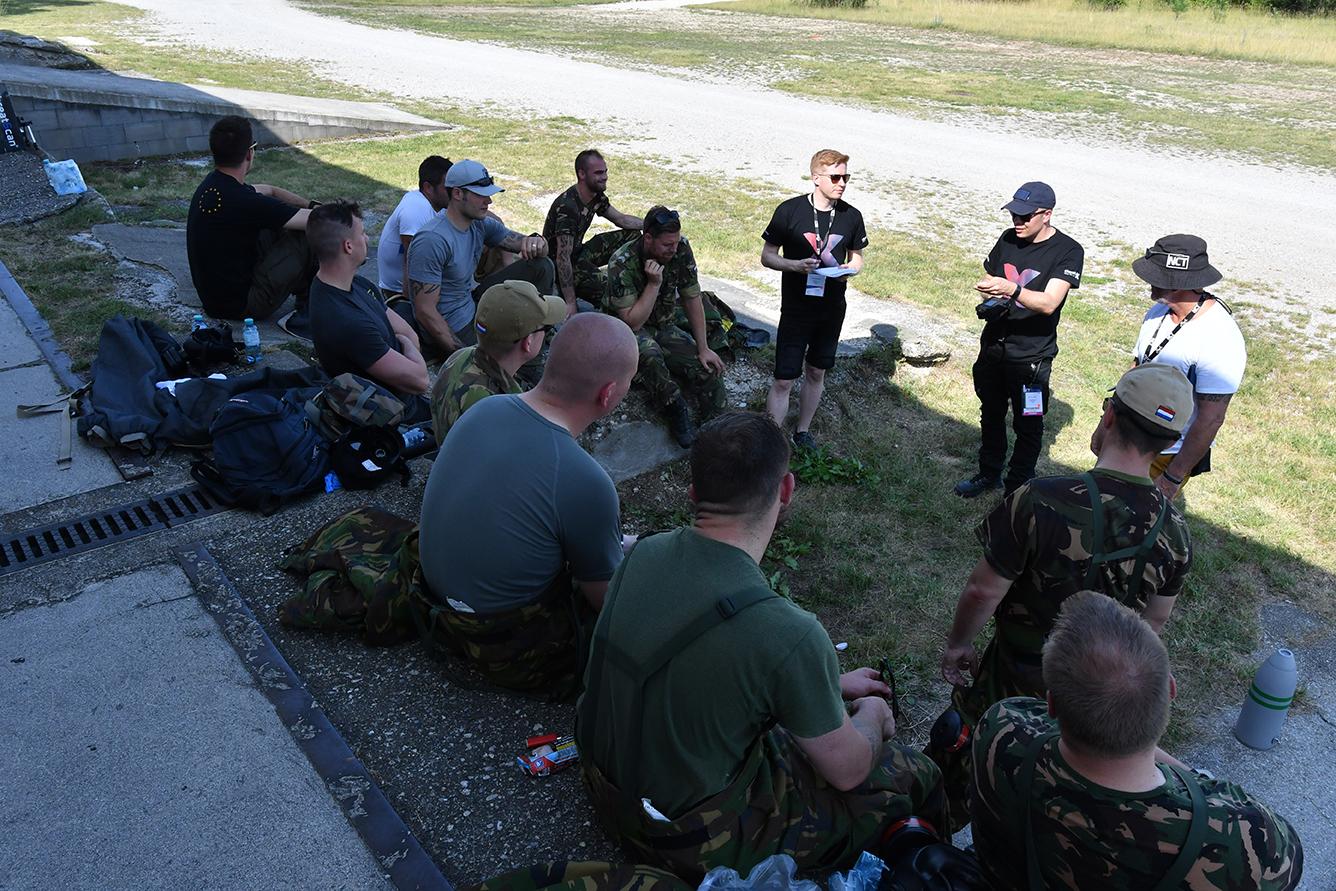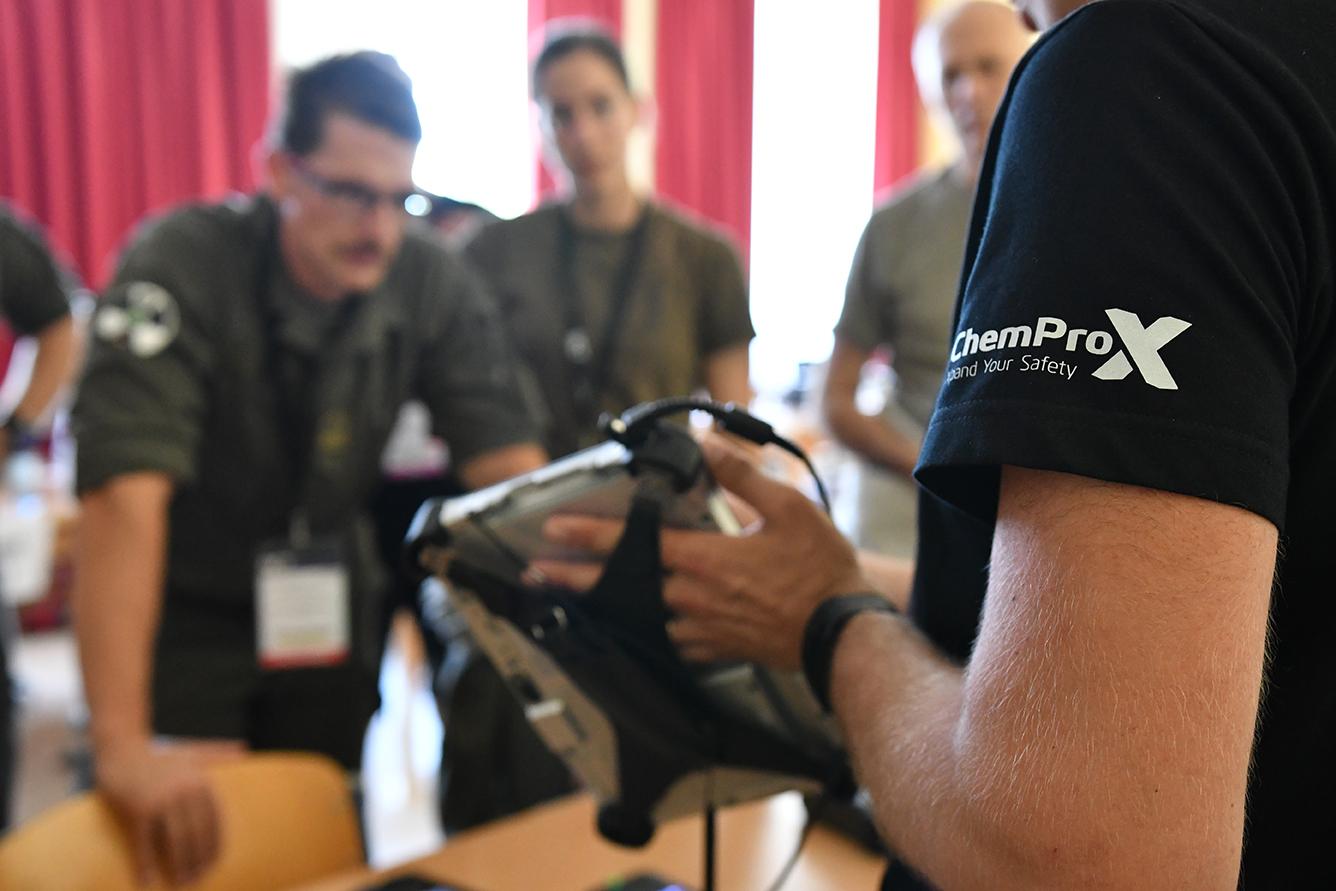What is Learning & Training?
When you have a good teacher, the name of the style doesn’t matter, only the results.
Motivation is the strongest factor for an effective learning.
The skills and tools for motivation — not forgetting the foundation of the training event — create the structural frames for the possibility of succeeding in that same training event. But don’t forget the trainer’s internal motivation to conduct the training.
Without functional learning supporting tools and their flexible usage, any actor’s motivation and learning progress can be easily destroyed. For a developing learning process to get gains from the trainer, he/she needs to understand how to conduct the learning event, and how to feed new inputs on the overall learning curve.

ChemProX’s training features being showcased at NCT Europe 2019.
Support Learning
Learning is the process of transforming experience into knowledge, skills, and attitudes. Training is also the transfer of the trainer’s knowledge and skills to the trainees.
Learning supporting tools for teaching create huge opportunities for effective learning and collaboration outside the classroom. Supporting tools can be for example replica equipment, simulants, remote tools, or simulator systems. Learning supporting environments increase not only the learning atmosphere, but also motivate the trainees.
In this five-part ChemProX training blog-series we have focused on finding out the answers for questions and challenges related on how to get the skills, and how to support the learning.
Is the Theory Always Boring?
Learning is a continuously developing process; either we want it or not. To improve the learning effect, we have to know what is needed for progressively developing training and learning events.
Now we are focusing on the learning of organised new skills, not “experience learning”. In every learning event, new skills and know-how acquirement starts with theory. Theory can easily turn boring, however without knowing the basics, it’s hard to add any new “layers” on it.
Theorical knowledge can come from lectures, manuals, videos, online trainings, e-learning courses, etc. It doesn’t matter, but you must have it.
Online Training
More and more, theorical and basic level technical knowledge trainings are hold online. Online training consists of knowledge delivered through the internet, from anywhere in the globe to targeted audiences who choose to learn a particular subject. The training can be a live face-to-face video conference, where there is a speaker and others try to look interested.
Time & Location Free E-learning
One particularly interesting type of online training is the e-learning courses or trainings.
These are normally subject specific and tailor-made online learning experiences. The advantage of these is that they are flexible and mobile friendly. The courses can be taken at anytime, anywhere, with any type of device. These courses help trainees to retain and remember information, and they can return back to the course whenever it’s needed.

ChemProX Online User Training e-learning course has a responsive UI which allows it to be 100% accessible via any device
Online assessments help students to evaluate their understanding of a given subject — aka being aware of their learning progress.
Instructional design software platforms are the starting point for creating and implementing various types and levels of “e-learning” courses. We have to remind ourselves that a speaking-head with a “power-point presentation” is not a real e-learning experience. Developing, creating, and implementing courses requires training experience and skills, because every word, picture and video needs to be carefully thought in ordert to achieve the right learning outcomes.
Theory into Practice
Practical training usually starts in a classroom environment, with basic hands-on training, and continues to outdoor formal and simple practicing.
Normally, in chemical detector training, these are executed without protection masks or suits, and maybe consist of sniffing some easy chemicals from bottle or vials. And that’s it.
In common and general way of training, once that one skill or thing is learned, it will be next time tested in a real-life incident. Normally, the main reason for this is that there are no tools, no skills, no will or no time to organise next level trainings.
This is not good for anyone’s learning, not even to gain more experience of using the devices according to the organisation’s procedures.
Exercises for Learning & Skills Development
Exercises are the best way to learn and test the theory in practice. Exercises should be planned according the learning and skill levels, not by expectations nor “should have” by guessing.
Learning is an endless circle or spiral, from bottom theory, to top real on-scene use. This circle can also be named as “deeper learning”.
This “deeper learning” is based on mastering skills such as analytic reasoning, complex problem solving, critical thinking, and teamworking. With the right type of progressive learning process, it is possible to gain real capabilities and performance. However, the highest level is not achieved, if there is no motivation. The teacher or trainer with motivation, motivation skills, and proper tools, creates the learning environment that supports the development of motivation for trainees.

Training Manager Toni Leikas getting a group of trainees ready for field exercise at NCT Europe 2019
Learning Process — Deeper Learning
The one and the most important motto, that I have gained from almost thirty years of training and learning experience, is “everything starts from the basics”. Effective learning is done by doing, seeing, and hearing, and gets more effective if the learning is executed under the trainer’s supervision. The trainer can immediately guide for the right learning.
Lessons Learned
Here are a few lessons learned from my experience in chemical detector teaching, training and exercising.
Train the detector’s features and use a step-by-step strategy to gain the best learning results. Try to avoid pouring all the information, features and functions at once. Split all these in small pieces to improve the learning and learning process, putting together old and new inputs. Also, for technical and tactical use, training should be done step-by-step before request or start to improvise.
The following list is one example of how to execute and develop chemical detector trainings:
- Start to get familiar with the detector — ChemProX.
- Use the device features and do basic measurements.
- Do basic practices like screening various potential sources.
- Start to use medium and large area type Bluetooth sources to simulate chemicals and practice procedures.
- Use many Bluetooth sources for complicated scenarios.
- Use CC&T inbuild user interface to make map drawings with alarm triggered contamination zones.
- Take your team on board for working together with you. Share all the information to each other’s and finalize training goals.
- Execute your exercises with real chemicals and real spreading (if possible and safe).
The one example for technical and tactical use of the detector is to add from the beginning the detector’s use actions: Locate (source and leak) – Detect (chemical) – Classify (chemical threat type CWA/TIC and group) – Confirm (Yes or No threat, based on all indications and information) – Monitor (incident evolving).

Showcasing of CC&T inbuild user interface software at NCT Europe 2019
In Conclusion
Use your tools and skills to execute motivated learning events to improve your organisation chemical detection capabilities and performance. With ChemProX you gain tools, options and opportunities to be successful in deeper learning experiences. ChemProX allows for realistic training scenarios without endangering users or environment.
Go check out the free ChemProX Online Training from our webpage, using the password FREECHEMPROX, and gain access to ChemProX Online User Training – Advanced Use.
Leave a Reply